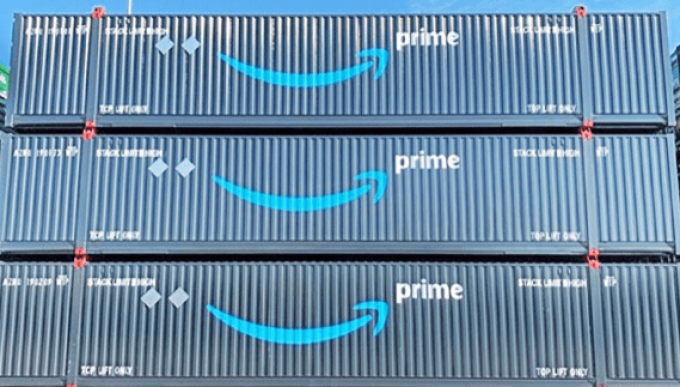Italy seizes $51m from Rhenus, investigates FedEx, Amazon, GLS & DHL in labour supply probe
Reuters reports that Italian tax police have seized €43.5m ($51m) from the local unit of ...

Amazon last week took delivery of the first 48 containers of its order for 250 53ft boxes, as it ramps up its domestic US network.
JOC revealed that the internet retailer had placed the order for intermodal containers as another step towards its goal of becoming a large ...
MSC switches two more Asia-Europe port calls from congested Antwerp
Canada and Mexico get cosy with trade plan to bypass US
Front-loading frenzy has made traditional H2 peak season 'unlikely'
Tradelanes: Export boom in Indian sub-continent triggers rise in airfreight rates
Carriers introduce surcharges as congestion builds at African ports
Mexican airport modernisation plan unlikely to boost cargo facilities
Ports and supply chain operators weigh in on funding for CPB
Tradelanes: Overcapacity on Asia-S America impacting alliances and rates

Comment on this article